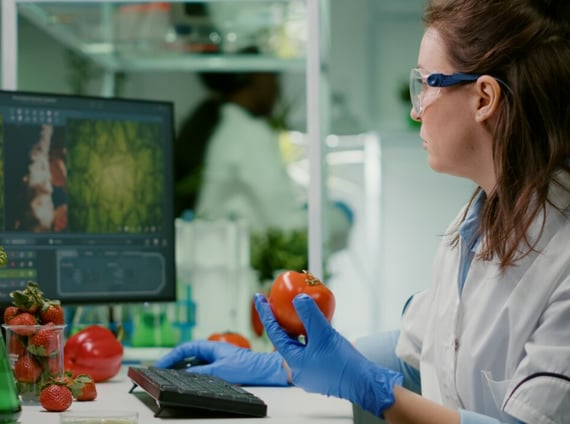Data Collection Services
We collect real-time data from IoT sensors and historical data for comprehensive food safety insights.
API Integration Solutions
We connect IoT sensors with big data systems for efficient data storage and processing.


Emerging Issues Monitoring
We gather data on emerging food safety issues from scientific literature, news, and government databases.
Real-Time Data Processing
We ensure efficient processing of real-time data for enhanced food safety management.




Data Collection
Collecting real-time data from IoT sensors for food safety.


API Integration
Integrating IoT sensors with big data systems for efficient processing.


Emerging Issues
Gathering data on emerging food safety issues from various sources.
In the context of enhancing the food system's resilience to food safety risks by integrating AI, big data, and the Internet of Things (IoT) into early - warning and emerging risk identification tools, the following research questions are proposed:How can AI, big data, and IoT be effectively integrated through API to improve the accuracy and timeliness of food safety early - warning systems? The current food safety early - warning systems may face challenges in handling large - scale, diverse data. By using API to combine AI algorithms, big data analytics, and IoT sensor data, we aim to explore how to optimize the data flow and processing, so as to provide more accurate and timely warnings. For example, can we use API to connect IoT devices that collect real - time food quality data (such as temperature, humidity, and chemical composition) with AI models that can predict potential risks?What are the impacts of different AI models integrated via API on the identification of emerging food safety risks? There are various AI models, such as neural networks, decision trees, and support vector machines. Each model has its own characteristics in data processing and pattern recognition. Through API, we can test different AI models in the food safety risk identification scenario. We want to know which model is more suitable for emerging risk identification, considering factors like the complexity of the data, the speed of response, and the accuracy of prediction.

